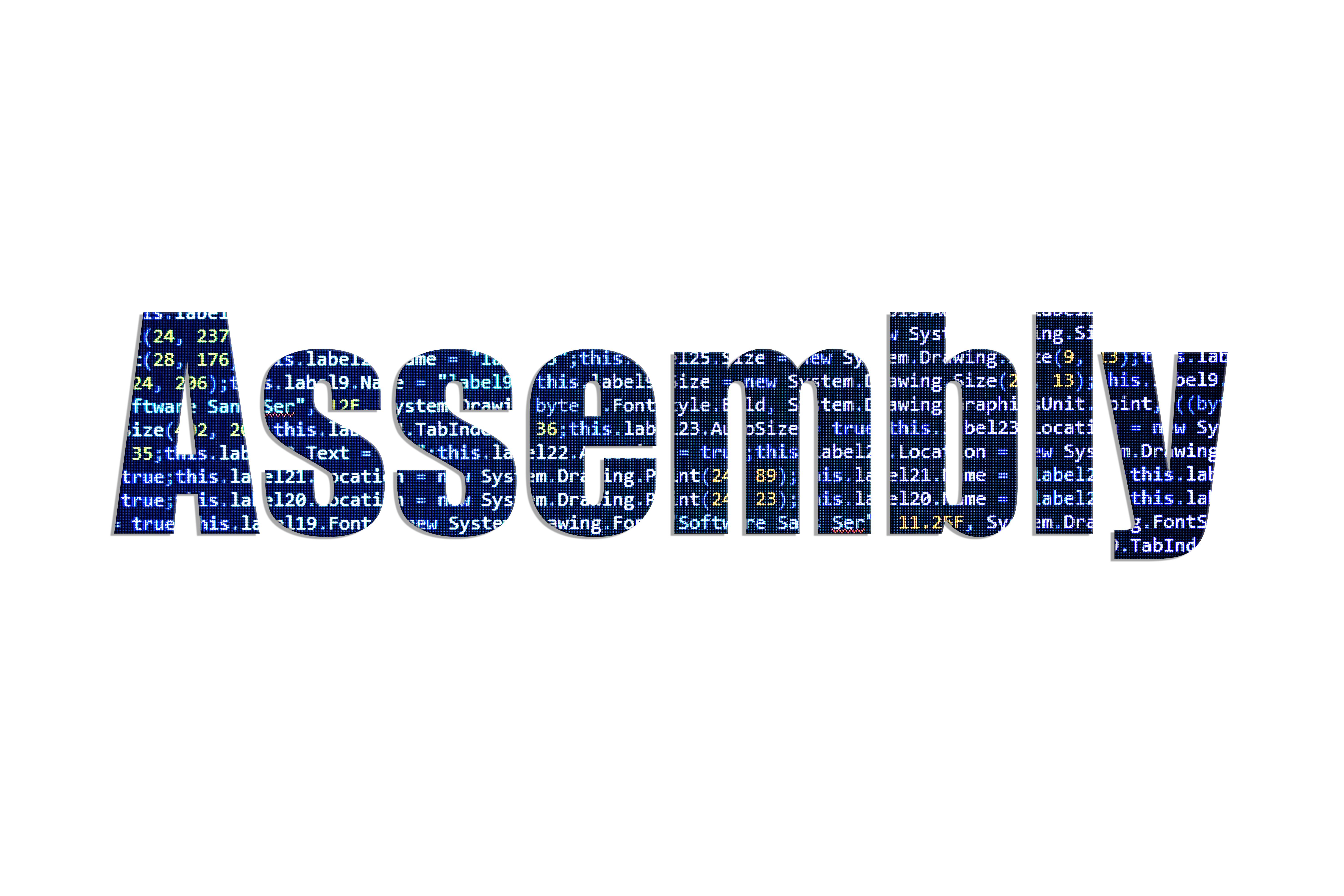The Rise of WebAssembly: Enhancing Smart Contract Execution in Blockchain
Understanding WebAssembly and Its Significance
In recent years, WebAssembly (Wasm) has emerged as a groundbreaking technology designed to enhance web performance. Originally conceived to allow code written in multiple languages to run efficiently on the web, WebAssembly is now making waves in the blockchain industry. Its potential to boost smart contract execution has captured the attention of developers and businesses alike.
WebAssembly offers a binary instruction format that enables near-native performance for web applications. This efficiency translates well to blockchain platforms, where resource constraints and execution speed are key considerations. As blockchain technology continues to evolve, incorporating WebAssembly into smart contract execution is becoming an increasingly attractive proposition.

The Role of WebAssembly in Blockchain
Smart contracts, the self-executing contracts with predefined terms, are crucial components of blockchain ecosystems. Traditionally, smart contracts have been executed using specific programming languages like Solidity for Ethereum. However, these languages often have limitations in terms of performance and flexibility.
This is where WebAssembly comes into play. By enabling smart contracts to run in a lightweight, sandboxed environment, WebAssembly enhances both the speed and security of contract execution. This not only reduces transaction costs but also broadens the scope for more complex and versatile smart contracts.
Improving Efficiency and Security
The efficiency gains from using WebAssembly for smart contract execution are significant. WebAssembly's compact binary format ensures faster load times and reduced resource consumption. These improvements are vital in a blockchain context, where every resource counts.
Security is another crucial aspect. WebAssembly's sandboxing capabilities provide an additional layer of protection by isolating code execution, reducing the risk of vulnerabilities and attacks. This makes blockchain networks more resilient and trustworthy, encouraging wider adoption.
Expanding the Developer Ecosystem
One of the most exciting prospects of integrating WebAssembly into blockchain platforms is the potential to expand the developer ecosystem. With WebAssembly, developers are no longer limited to niche programming languages. Instead, they can use familiar languages like C++, Rust, or Go to create smart contracts.
This inclusivity not only attracts a broader range of developers but also accelerates innovation within the blockchain space. As more developers join the ecosystem, the rate of experimentation and iteration increases, leading to more sophisticated and diverse applications.

Future Prospects and Challenges
The future of WebAssembly in blockchain looks promising, but challenges remain. One of the main hurdles is ensuring compatibility across different blockchain platforms. Interoperability is key to maximizing the benefits of WebAssembly's integration.
Moreover, there is a need for ongoing research and development to optimize WebAssembly for specific blockchain needs. As this technology matures, it could redefine how smart contracts are executed, bringing about more efficient and robust decentralized applications.
Conclusion
The rise of WebAssembly in the blockchain sphere marks an exciting chapter in the evolution of decentralized technologies. By enhancing smart contract execution with improved performance, security, and developer flexibility, WebAssembly is poised to play a pivotal role in the future of blockchain innovation.
As more platforms adopt this technology, we can anticipate a surge in the development of next-generation blockchain applications that leverage the full potential of WebAssembly's capabilities. The fusion of these technologies promises a more dynamic, secure, and efficient digital landscape.
